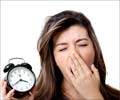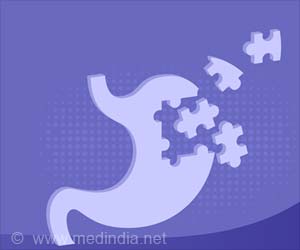A vaccine used to prevent pandemic flu boosts the risk of sleep disorder among teens and children, doctors said after a study in England strengthened evidence from Scandinavia.

The risk in absolute terms was between one in 52,000 people and one in 57,000, but this figure may be an over-estimate, according to the study published by the British Medical Journal (BMJ).
Narcolepsy is a chronic disorder of the nervous system that causes excessive drowsiness, often causing people to fall asleep uncontrollably.
It normally occurs among 25-50 of every 100,000 people, although figures are sketchy, the study said.
Pandemrix was the main vaccine used to fight the 2009-2010 outbreak of H1N1 "swine" flu, a much-feared pandemic involving a novel strain influenza virus.
The bug turned out to be as dangerous as normal "seasonal" flu, a discovery prompting some accusations that health watchdogs had over-reacted.
Advertisement
The new research conducted in England suggests that data from the two Scandinavian countries were not a freak result, the study said.
As H1N1 has largely run its course, further need of the AS03 adjuvant to fight this strain "seems unlikely," the new study said. An alternative vaccine, Celvepan, exists.
But the findings raise questions as to whether AS03 vaccines should be used against other flu strains, such as H5 and H9 types, it added.
Asked to comment on the study, John McCauley at Britain's National Institute for Medical Research said the increased risk in narcolepsy "is possibly a one-off" as vaccines today had a different formula from Pandemrix.
Even so, "surveillance needs to be continued," he said.
The research did not compare the risk of narcolepsy with the risk from contracting H1N1 if unvaccinated.
More than a fifth of the world's population was infected with the H1N1 virus in the 2009-2010 pandemic, according to estimates published last month.
Children aged five to 19 had the highest rates of infection, accounting for 47 percent of the total. Older people aged 65 and over accounted for 11 percent.
By the time the pandemic was officially over in August 2010, countries had notified the UN's World Health Organisation (WHO) of less than a million infections and around 18,500 deaths, but this has always been known to be a fraction of the toll.
Source-AFP















